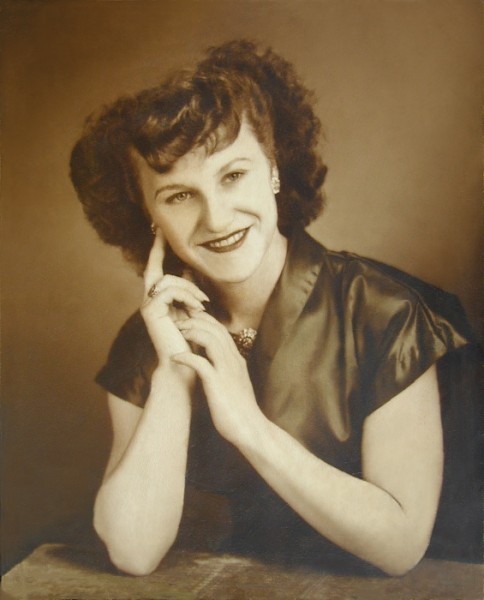Sable, Pappy and all, you tell some really great stories! There is no beating digital, but to those of us who had to do things the old way on film because that is all there was, stuff like the matte shots you describe which is a simple thing with digital now, next to impossible and so difficult with film, you learned an appreciation of problem-solving skills in finding ways of getting things done that translates to today that younger people only knowing digital and never having faced such issues will just never appreciate.
Much like an old instructor of mine who worked on ENIAC, one of the very first computers where you had to hard wire connections between thousands of vacuum tubes to set up the calculation to be done, or even programming on a KIM-II, people today have no idea what they have in their hands the real technology when they press buttons on their smartphone! It is all taken for granted.
As far as film, if I shoot film these days it is mainly because it just saves me a lot of money. I have far too much invested in film equipment, lens, etc., that to sell them, I would loose too much money and I won't give the stuff away, and to replace it all with modern auto-focus ESM lenses and digital bodies would cost a fortune! I have 17 lenses for Canon 35mm alone all of which were among some of the best and most specialized. I have a digital body and general purpose zoom now that handles most everyday things but for special needs, extreme wide angle which I like to shoot for scenery, long telephoto, or very low light or needing high-power flash, remote control, macro, etc., it is much cheaper to use the film gear I already have then digitize the negatives for post-processing.
Plus, it is still nice to stay in touch with that "other world" of film which is so different than digital; the shame is much like how CD's replaced LP's just as LP records were hitting their prime, film was largely abandoned for digital at a time when new film emulsions were coming out that were better than anything ever seen in the past.


















